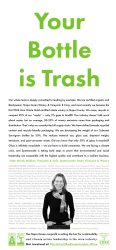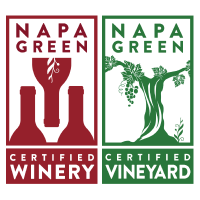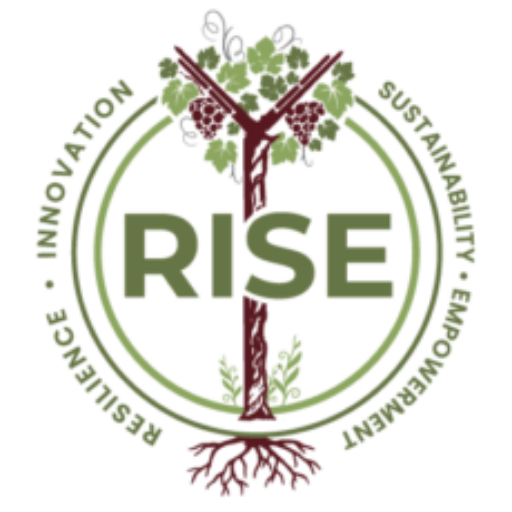Waste
Prevention
SUSTAINABILITY LEADERSHIP PILLAR:
Waste Prevention & Green Purchasing
Use washable glasses and dishware in the tasting room and at events
Eliminate the use of Styrofoam, which is almost never recycled, lasts forever, and leaches toxic materials
Use shipping materials made from recycled content, which can be recycled or composted
Shift over to Elegant Light or even Wild glass, which has the significant added benefit of reducing the winery’s carbon footprint
Buy green, low-toxicity and biodegradable cleaning products
Buy copy/printer paper and janitorial products with Post-Consumer recycled content
Eliminate the use of bottled water, which has a huge carbon footprint, is often less healthy, and the low-grade plastic is rarely recycled, ending up on our streets and in our oceans
Use natural cork, which comes from infinitely renewable cork trees, and can be recycled into soles, purses and more
Spottswoode winery Story
Our whole team is deeply committed to leading by example. We are certified organic & biodynamic, Napa Green Winery & Vineyard, B Corp, and most recently we became the first TRUE Zero Waste Gold-certified estate winery in Napa County. We reuse, recycle or compost 95% of our “waste” - only 5% goes to landfill. Our industry doesn’t talk much about waste, but on average, 30-50% of winery emissions come from packaging and distribution. That’s why we consider the full supply chain. We have shifted towards recycled content and recycle-friendly packaging. We are decreasing the weight of our Cabernet Sauvignon bottles by 30%. This reduces material use, glass cost, shipment weight, emissions, and post-consumer waste. Did you know that only 30% of glass is recycled? Glass is infinitely recyclable - we just have to build awareness. We are facing a climate crisis, and Spottswoode is taking bold steps to prove that environmental and social leadership are compatible with the highest quality and contribute to a resilient business.
Waste Prevention & Green Purchasing champion stories
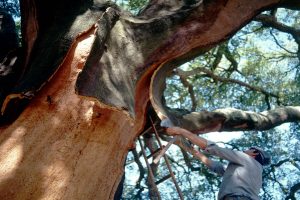
Natural Cork is a Win for Planet and People
Natural cork is the most sustainable wine closure. Did you know that cork is made from the bark of cork oak trees? The bark cannot be harvested until the oak tree is 25 years old, and is then harvested every nine years, using ancient harvesting techniques. The bark harvest actually prolongs the life of the trees, which can live from 100 to 300 years.
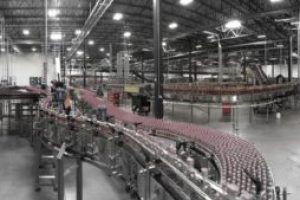
A History of Waste Reduction at Trinchero
Trinchero Family Estates was recently awarded the premier California Sustainable Winegrowing Leadership Award Green Medal for their company-wide business leadership, recognizing a history of smart resource use going back nearly 70 years. When the Trinchero family purchased the Sutter Home winery in 1948 they began a tradition of recycling that included purchasing, washing and reusing bottles from neighboring wineries.
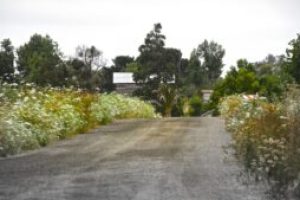
ZD Wines Thinks Green
ZD Wines was recently certified as a Napa Green Winery. “It’s the way we think anyway – the way we do everything,” said CEO Robert deLeuze, son of founder Norman deLeuze, about the straightforward process to becoming certified.
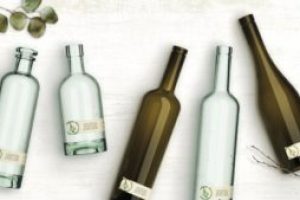
Lighten Up
Packaging plays an important role in customer perception. We are hearing more and more stories from Napa Green members about the benefits of greener packaging AND customers giving kudos for eliminating Styrofoam and lightening packages.
